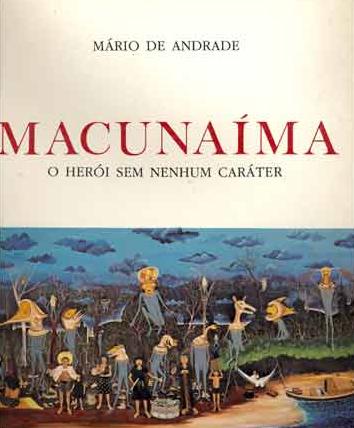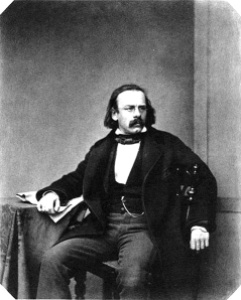While there is no evidence that Isaac Albéniz and George Bernard Shaw ever met, the latter attended and reviewed some of the former’s London recitals.
The outspoken Shaw pointed out what he perceived as the composer and pianist’s limitations—dismissing, for example, his renditions of Mozart’s works as “monotonously pretty”—but he had some approving words as well.
Arriving at an 1891 recital at one minute before three, Shaw was “intending to have the usual twenty minutes or so over the evening paper before business began. To my amazement Albéniz appeared at the stroke of three as if he had been sent up on the platform by electric wire from Greenwich…I shall henceforth regard Albéniz not only as one of the pleasantest, most musical, and most original of pianists, but as a man of superior character.”
This according to “Albéniz and Shaw” by Colin Cooper (Classical guitar XXV/1 [September 2006] pp. 30–31). Below, a recital for Alfonso XII from Louis César Amidori’s Albéniz (1947).
Related article: Franck and Rodin












